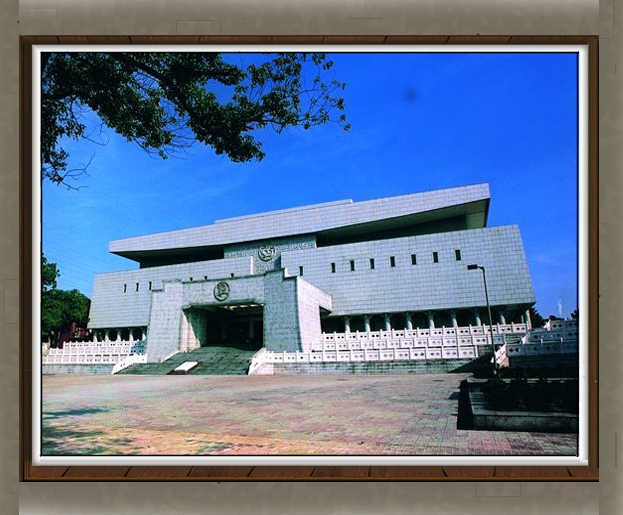If Asia is a treasure trove of history, China is the Hope Diamond. With several thousand years of history behind it, there is always another museum or historic site to discover as one travels throughout the country. The major sites are well known to all tourists; the Great Wall, the Forbidden City, People’s Square, and Xian’s terra cotta warriors. But there are other less known gems scattered throughout the country’s cities. One such place worth of a visit is the Hunan Provincial Museum in Changsha.
[tr-slider id=”2780″]
Changsha City
Changsha is the capital of Hunan province in South Central China. The city itself has been important from the time of the Qin dynasty (221–207 BC). Some of the more recent history of the city includes being besieged during the Taiping Rebellion, the site of Mao Zedong’s conversion to communism and the scene of major battles during the Sino-Japanese War of 1937-45. This city of seven million is within an easily accessible distance from other major tourist centers such as Shanghai, Beijing and Xian.
The Museum Collection
The museum is architecturally designed to accommodate the wonderful collection of 100,000 artifacts that it houses. It is modern, spacious and the collection is well documented in both Chinese and English. The museum is a showcase of archaeological excavations from around the province of Hunan. The objects in Hunan Provincial Museum can be classified into the following kinds: bronze, silk paintings and books, lacquers, textiles, ceramics, paintings and calligraphy. These cultural relics include stone implements and pottery from the Neolithic Age, bronze wares of the Shang Dynasty (16th – 11th century BC) and Zhou Dynasty (11th – 221 BC), and celadon wares from the Eastern Han Dynasty (25 – 220) to the Sui Dynasty (581 – 618) and the Tang Dynasty (618 – 907).
As you walk around the various exhibit halls, the quality and creativity of long gone artisans is evident. Exquisite celadon pottery, colorful lacquer ware, and some of the first books ever written, are only some of the objects on display. One of my favorite displays was a musical instrument called the Se. When unearthed, it was wrapped in a scarf, had all its parts intact and all of its wooden bridges in position. The 25 silk strings were fastened to its wooden pins and under each string there was a moveable bridge for tuning purposes. I was in awe of the fact that such an object could still be intact and on display after over 2000 years.
The Mawangdui Han Tombs
The major highlights of the museum are the cultural relics unearthed in the group of Mawangdui Han Tombs. The objects give us a glimpse of life during the Han Dynasty (206BC – 220AD). The center of the museum is taken up by the massive wooded tomb that held the mummy of Xin Zhui, circa 2,000 years ago. This tomb consists of several thick layers of massive timbers encasing the inside container that held the body. Still today, thirty years after being unearthed, the corpse on display is well preserved. Her skin is moist and her organs are still well protected.
Two other major displays that were part of this discovery are a T-shaped colored silk painting and a plain gauze garment. The painting is still intact and has retained its gorgeous color. It provides many details of life in the Western Han dynasty. The 128 cm (4.2 feet) long garment weighs only 48 grams (1.7 ounces). It is a testament to the advanced textile technology of the time when China was called the country of silk.
There are many other displays throughout the museum too numerous to mention. Suffice it to say that this wonderful site is well worth a visit if it can be fit into a travel itinerary. There are plenty of comfortable hotels in the city and several other tourist attractions to see.
Hours of Operation
The museum is open from 09:00 – 17:00 (Tuesday – Sunday);
It is closed on Monday and Chinese New Year’s Eve.
Admission is free. The museum issues 5,000 free tickets to visitors from 08:45 to 16:00 on every day the museum is open. It is good to get there early because on weekends and holidays, the lineup can be very long! During weekdays, there is usually not a problem.
How to Get to the Museum
Take bus 112, 113, 131, 136, 146, 150, 302, 303, 704, 901 and get off at Hunan Provincial Museum.



